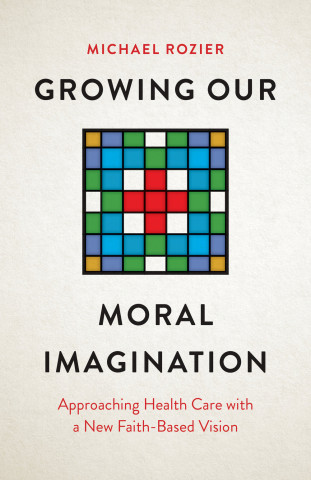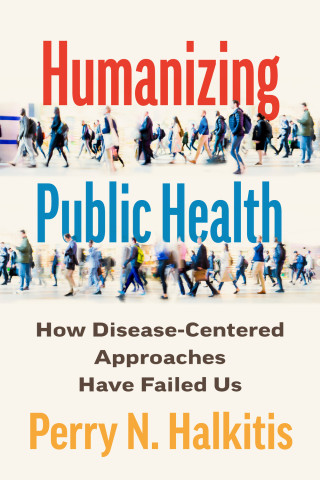
Reviews
Extremely well presented and straightforward to read. The chapters are structured, leading the reader through the important concepts and offering suggestions for action. It is well written and accessible to those with an interest in this field.
Today we face a global tsunami of noncommunicable diseases. No longer considered 'diseases of affluence,' they are now the world's major cause of death, morbidity, and disability and threaten to overwhelm health services, especially in low- and middle-income countries. This timely book reviews some of the key research in this area, showing how health, environment, social, and economic factors interact and suggesting how we can begin to tackle this new epidemic.
Galambos and Sturchio have produced a fresh text that motivates for significant increases in investments in NCD control in developing countries. The new WHO goals will remain purely aspirational unless policy makers address their recommendations. This is a must-read for all involved in health policy.
NCDs are finally recognized as a very complex challenge. They threaten to reverse important health gains achieved in recent decades and impair sustainable development, particularly for low and middle-income countries. Distinguished scholars with vast knowledge and experience provide valuable guidance for policy makers on five key areas to best incorporate NCD responses into existing programs and resources.
Noncommunicable diseases are the new pandemic of the twenty-first century. Galambos and Sturchio assembled a distinguished group of contributors to address the task of 'closing the gap' in the developing world. It is a lucid, scholarly, informative examination that focuses on what may be possible in the coming decades.
An extremely well-pieced-together contribution to global health on NCDs. The expert authors have given an excellent summary of the NCD political roadmap and critically appraised the challenges facing developing countries as they tackle the NCD epidemic. A must-read for all those working in the field of global health.
Those of us who have argued that NCDs should be embedded in the global health and development agendas have been privileged to see our call to action result in a better situation for future generations. This impressive book recalls the history of that movement and presents the case to focus specifically in developing countries.
Book Details
List of Contributors
Ackowledgments
Introduction. Noncommunicable Diseases in the Devleoping World: Cloing the Gap
Chapter 1. Regulation of NCD Medicines in Low-and Middle-Income Countries: Current
List of Contributors
Ackowledgments
Introduction. Noncommunicable Diseases in the Devleoping World: Cloing the Gap
Chapter 1. Regulation of NCD Medicines in Low-and Middle-Income Countries: Current Challenges and Future Prospects
Chapter 2. Improving Access to Medicines for Noncommunicable Diseases through Better Supply Chains
Chapter 3. Learning from the HIV/AIDS Experience to Improvde NCD Interventions
Chapter 4. Reconfiguring Primary Care for the Era of Chronic and Noncommunicable Diseases
Chapter 5. Sectoral Cooperation for the Prevention and Control of NCDs
Conclusion. The Devloping World and the Challenge of Noncommunicable Diseases
Index






